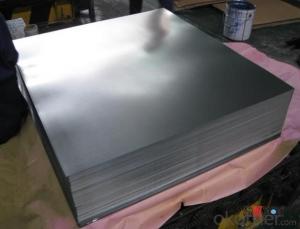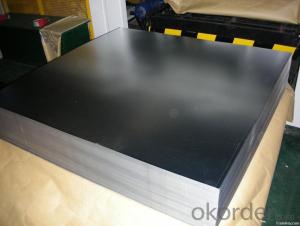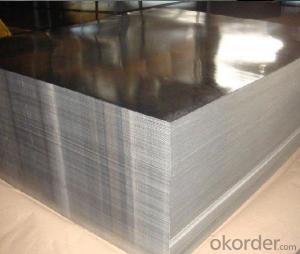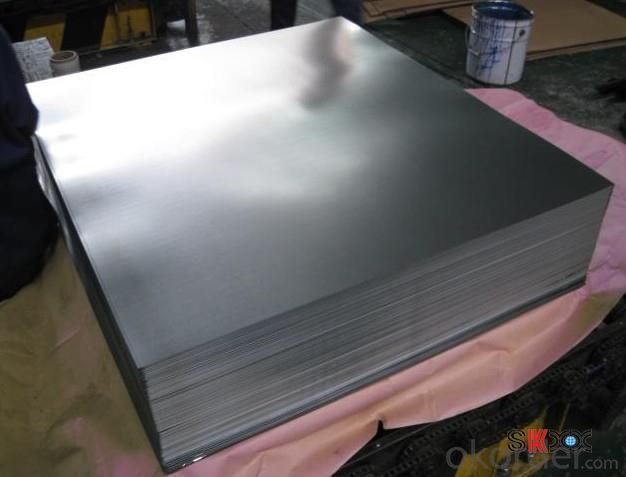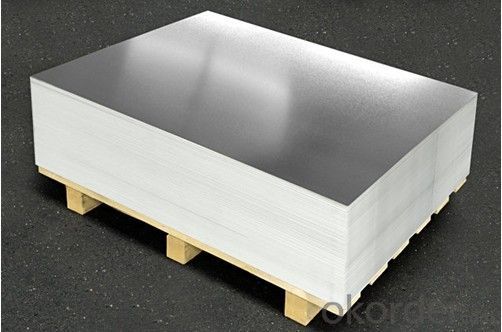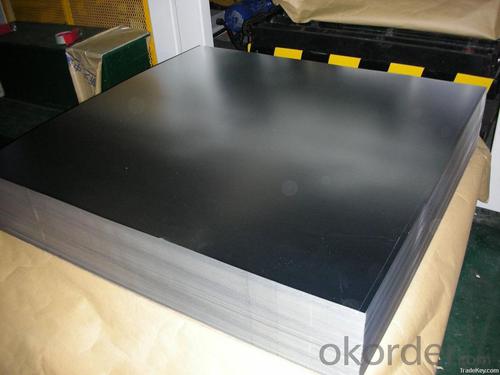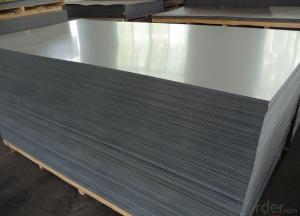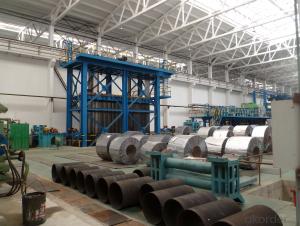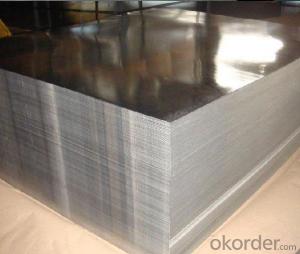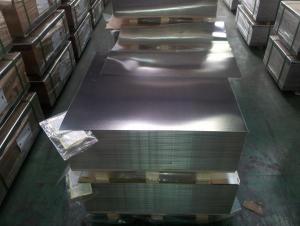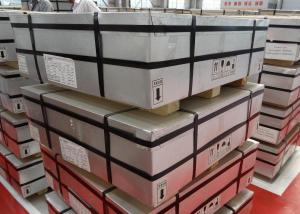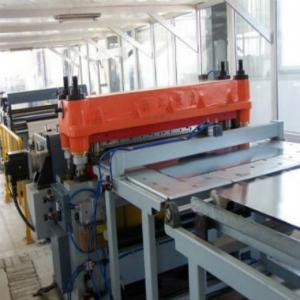Electrolytic Tinplate Sheets for Foods Can Packaging
- Loading Port:
- Tianjin
- Payment Terms:
- TT OR LC
- Min Order Qty:
- 25 m.t
- Supply Capability:
- 7000 m.t/month
OKorder Service Pledge
OKorder Financial Service
You Might Also Like
1.Structure of Electrolytic Tinplate Sheets for Foods Can Packaging Description
Electrolytic Tin Plate Coils and Sheets for Foods Metal Packaging, is one thin steel sheet with a coating of tin applied by electrolytic deposition. Tinplate made by this process is essentially a sandwich in which the central core is strip steel. This core is cleaned in a pickling solution and then fed through tanks containing electrolyte, where tin is deposited on both sides. As the strip passes between high-frequency electric induction coils, it is heated so that the tin coating melts and flows to form a lustrous coat.
2.Main Features of the Electrolytic Tinplate Sheets for Foods Can Packaging
Appearance – Electrolytic Tin Plate is characterized by its beautiful metallic luster. Products with various kinds of surface roughness are produced by selecting the surface finish of the substrate steel sheet.
Paintability and printability – Electrolytic Tin Plates have excellent paintability and printability. Printing is beautifully finished using various lacquers and inks.
Formability and strength – Electrolytic Tin Plates have got very good formability and strength. By selecting a proper temper grade, appropriate formability is obtained for different applications as well as the required strength after forming.
Corrosion resistance – Tinplate has got good corrosion resistance. By selecting a proper coating weight, appropriate corrosion resistance is obtained against container contents. Coated items should meet 24 hour 5 % salt spray requirement.
Solderability and weldability – Electrolytic Tin Plates can be joined both by soldering or welding. These properties of tinplate are used for making various types of cans.
Hygienic – Tin coating provides good and non toxic barrier properties to protect food products from impurities, bacteria, moisture, light and odours.
Safe – Tinplate being low weight and high strength makes food cans easy to ship and transport.
Eco friendly – Tinplate offers 100 % recyclability.
Tin is not good for low temperature applications since it changes structure and loses adhesion when exposed to temperatures below – 40 deg C.
3.Electrolytic Tinplate Sheets for Foods Can Packaging Images
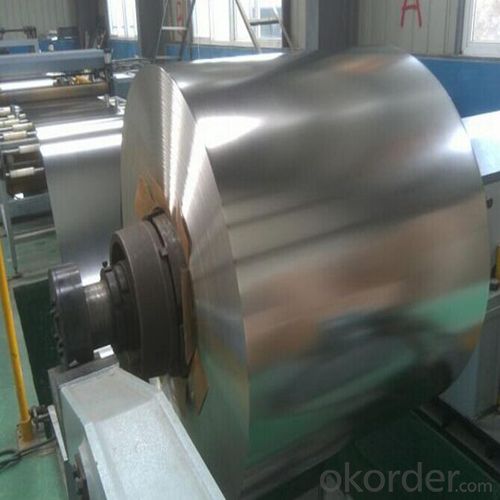
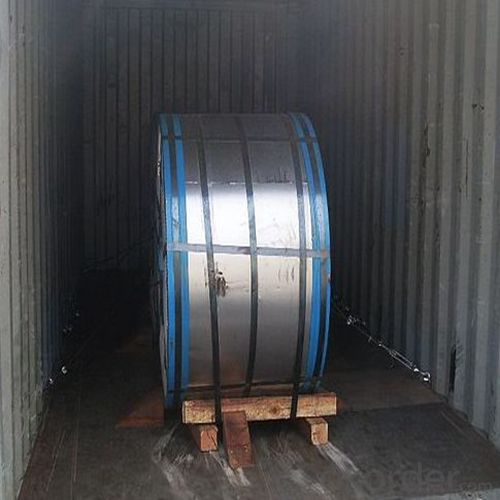
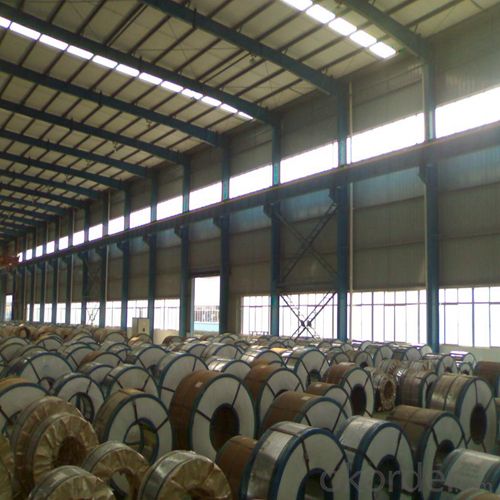
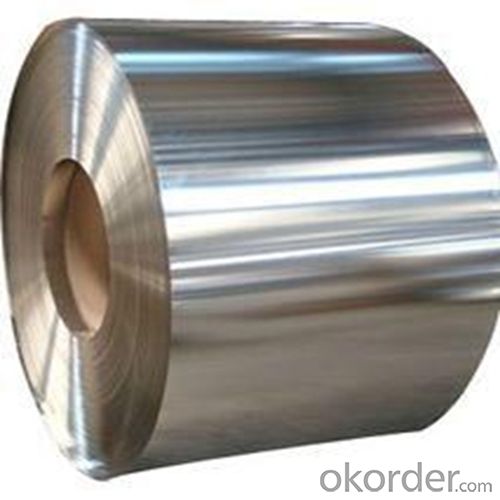
4.Electrolytic Tinplate Sheets for Foods Can Packaging Specification
Standard | ISO 11949 -1995, GB/T2520-2000,JIS G3303,ASTM A623, BS EN 10202
|
Material | MR,SPCC |
Thickness | 0.15mm - 0.50mm |
Width | 600mm -1150mm |
Temper | T1-T5 |
Annealing | BA & CA |
Coil Inner Diameter | 508mm |
Weight | 6-10 tons/coil 1~1.7 tons/sheets bundle |
Passivation | 311 |
Oil | DOS |
Surface | Finish,bright,stone,matte,silver |
5.FAQ of Electrolytic Tinplate Sheets for Foods Can Packaging
- How are the Electrolytic Tin Plates specified?
The Electrolytic Tin Plates are specified as per the steel base, extent of tempering, the coating weight, annealing method and the surface finish.
- How many types there are for base steels?
The base steels are of three types: Type MR, L, D
- Q: How is tinplate used in the pharmaceutical industry?
- Tinplate is commonly used in the pharmaceutical industry for packaging purposes. It is often used to make containers, such as cans or tubes, for storing and protecting medicines, ointments, creams, or other pharmaceutical products. Tinplate containers provide a durable and protective barrier against external elements, ensuring the integrity and safety of the medication. Additionally, tinplate's resistance to corrosion makes it a suitable choice for pharmaceutical packaging, as it helps to maintain the quality and efficacy of the products over an extended period.
- Q: What are the common thicknesses of tinplate?
- The common thicknesses of tinplate range from 0.13mm to 0.49mm, with increments of 0.01mm.
- Q: What are the regulations regarding the use of tinplate in food packaging?
- The regulations regarding the use of tinplate in food packaging vary by country. In the United States, the Food and Drug Administration (FDA) regulates the use of tinplate in food packaging materials. Tinplate must comply with the FDA's requirements for food contact substances, ensuring that it is safe and does not transfer harmful substances to the food. Additionally, there may be specific regulations and standards set by other countries or regions, so it's important to consider the specific jurisdiction when determining the regulations for tinplate use in food packaging.
- Q: Can tinplate be used for aerospace applications?
- Yes, tinplate can be used for certain aerospace applications. It is commonly used for manufacturing small parts and components such as fasteners, connectors, and electrical contacts. However, it is not suitable for high-stress or extreme temperature conditions that are often encountered in aerospace applications. In such cases, more specialized and durable materials like titanium or stainless steel are preferred.
- Q: How does tinplate packaging protect against moisture and oxygen?
- Tinplate packaging protects against moisture and oxygen due to its unique properties. The tin coating on the steel prevents direct contact between the packaged item and the surrounding air, creating a barrier that inhibits the penetration of moisture and oxygen. This helps to preserve the quality, freshness, and shelf life of the contents inside, making tinplate packaging an effective solution for moisture and oxygen-sensitive products.
- Q: Tin can weldingHow can the side of the column of the pop top be welded or pressed?,
- The cans are divided into two cans and three cans of two. Two piece cans by punching a stamping molding, the iron material, equipment and technology requirements are high, so at present only a few large companies have the production capacity of three cans. Relatively the requirements will be relatively low,
- Q: What do tinplate do?
- Maguchi Tetsuya is called tinplate, national standard GB2520:2008, is cold-rolled sheet steel, every square plated with commercial 1.1 g, 2.8g, 5.6g, 8.4g, 11.2gFor use, it can be used in food cans, beverage cans, chemical barrels, milk cans, electronic components, etc., is a widely used packaging materials.
- Q: How is tinplate coated for construction materials?
- Tinplate is coated for construction materials through a process called electrolytic tinning. This involves immersing the steel sheet in an electrolyte bath and passing an electric current through it. The electric current causes tin ions to be reduced and deposited onto the steel surface, forming a thin layer of tin coating. This coating provides corrosion resistance and enhances the durability of the construction materials.
- Q: Does tinplate corrode over time?
- Yes, tinplate can corrode over time. The tin coating on the steel surface of tinplate can gradually deteriorate due to exposure to moisture, acids, or other corrosive substances, leading to the formation of rust or corrosion.
- Q: Can tinplate be used for packaging cosmetics?
- Yes, tinplate can be used for packaging cosmetics. Tinplate is a type of steel coated with a thin layer of tin, which provides excellent protection against oxidation and corrosion. It is commonly used in the packaging industry due to its durability, versatility, and ability to maintain the quality and integrity of products. Tinplate packaging for cosmetics offers a sleek and attractive appearance while ensuring the safety and preservation of the cosmetic products.
Send your message to us
Electrolytic Tinplate Sheets for Foods Can Packaging
- Loading Port:
- Tianjin
- Payment Terms:
- TT OR LC
- Min Order Qty:
- 25 m.t
- Supply Capability:
- 7000 m.t/month
OKorder Service Pledge
OKorder Financial Service
Similar products
Hot products
Hot Searches
Related keywords
